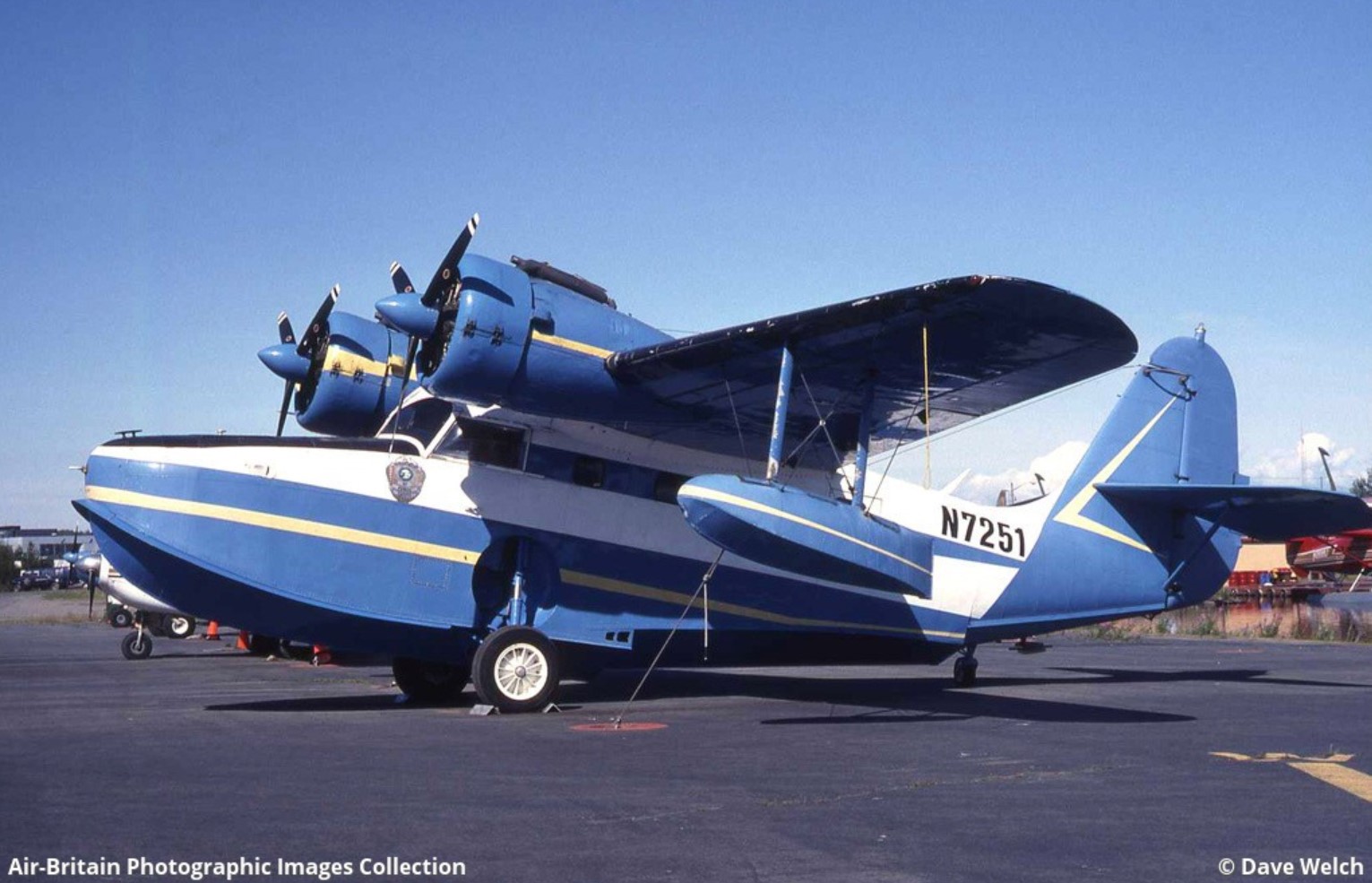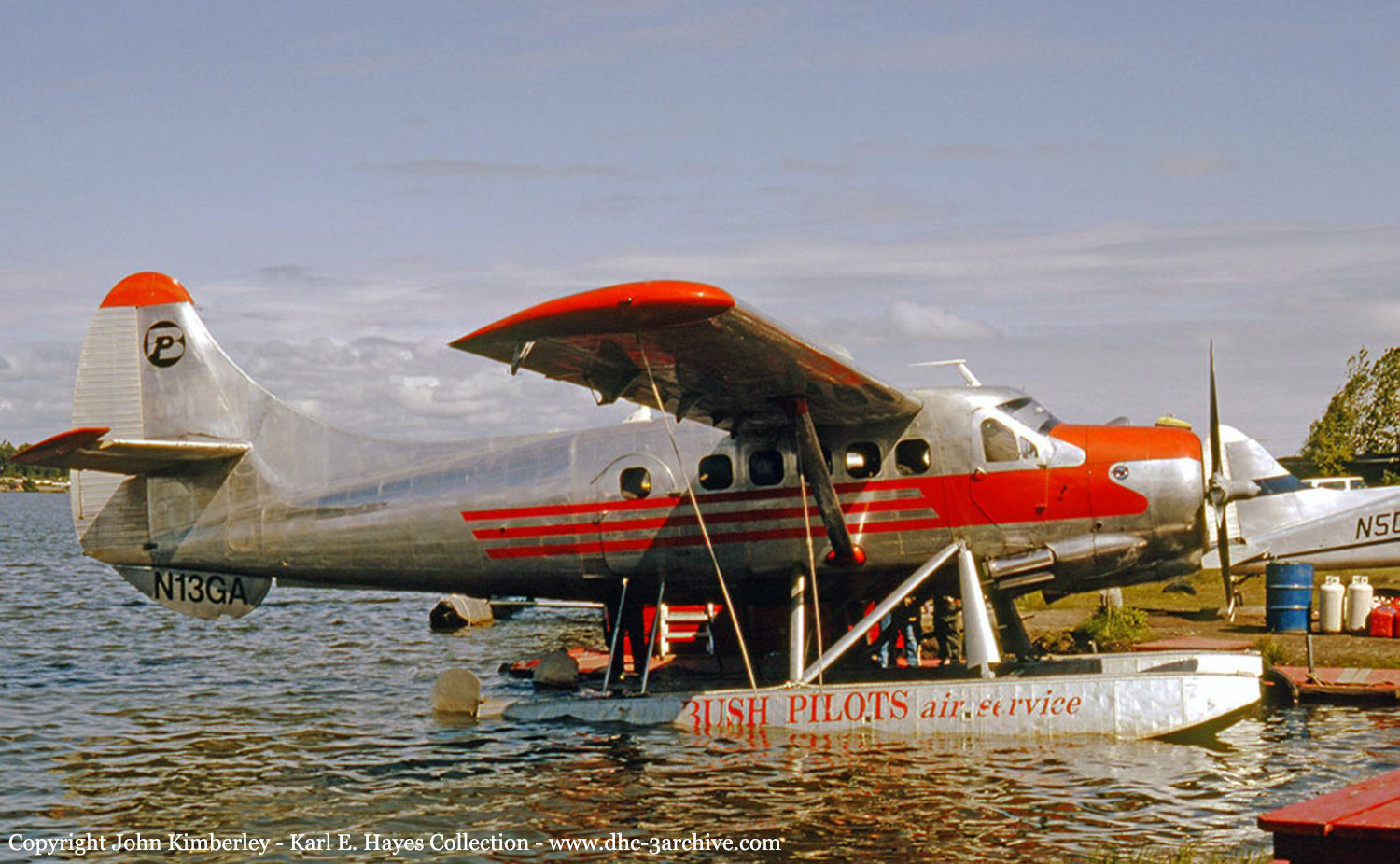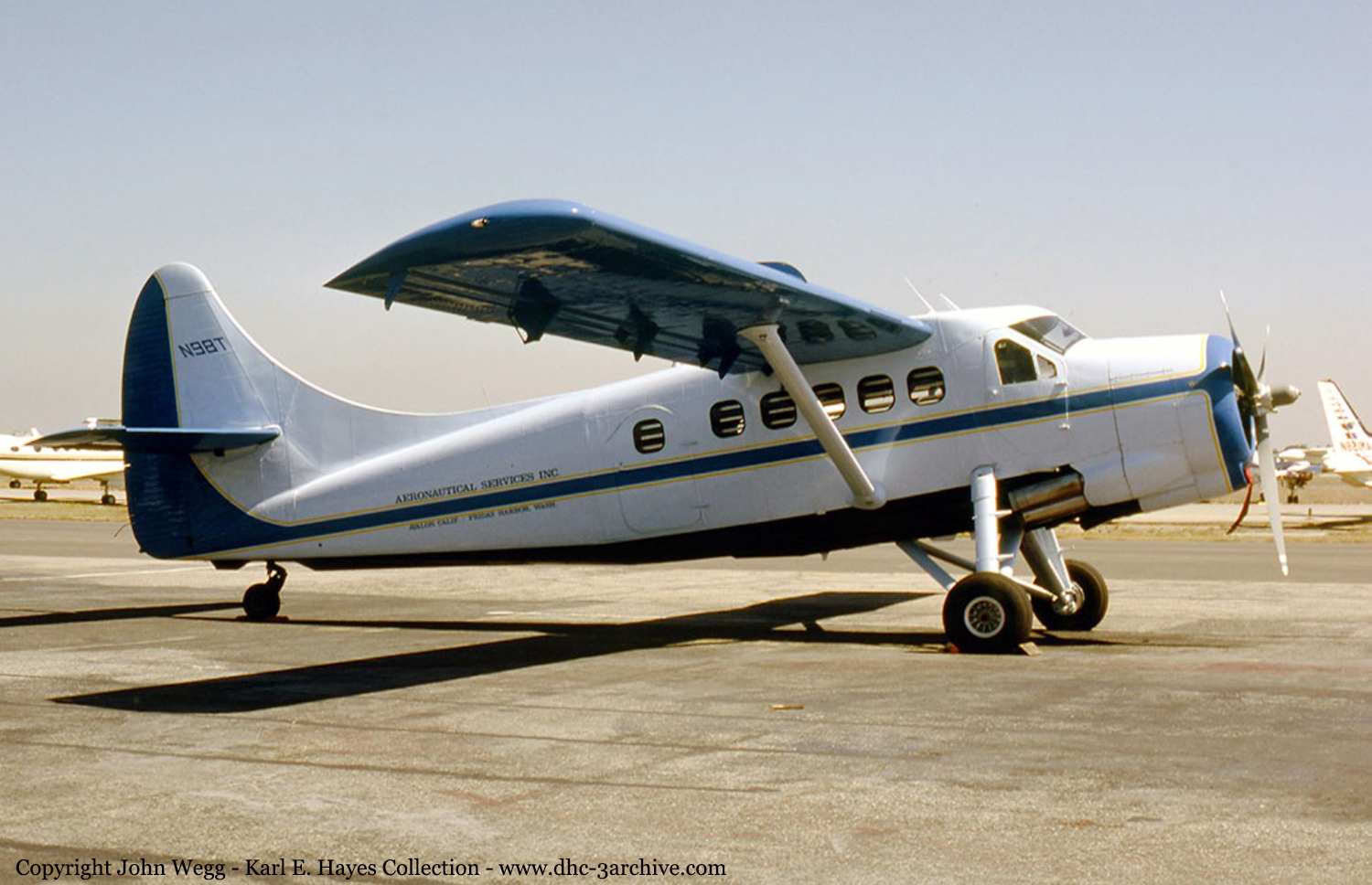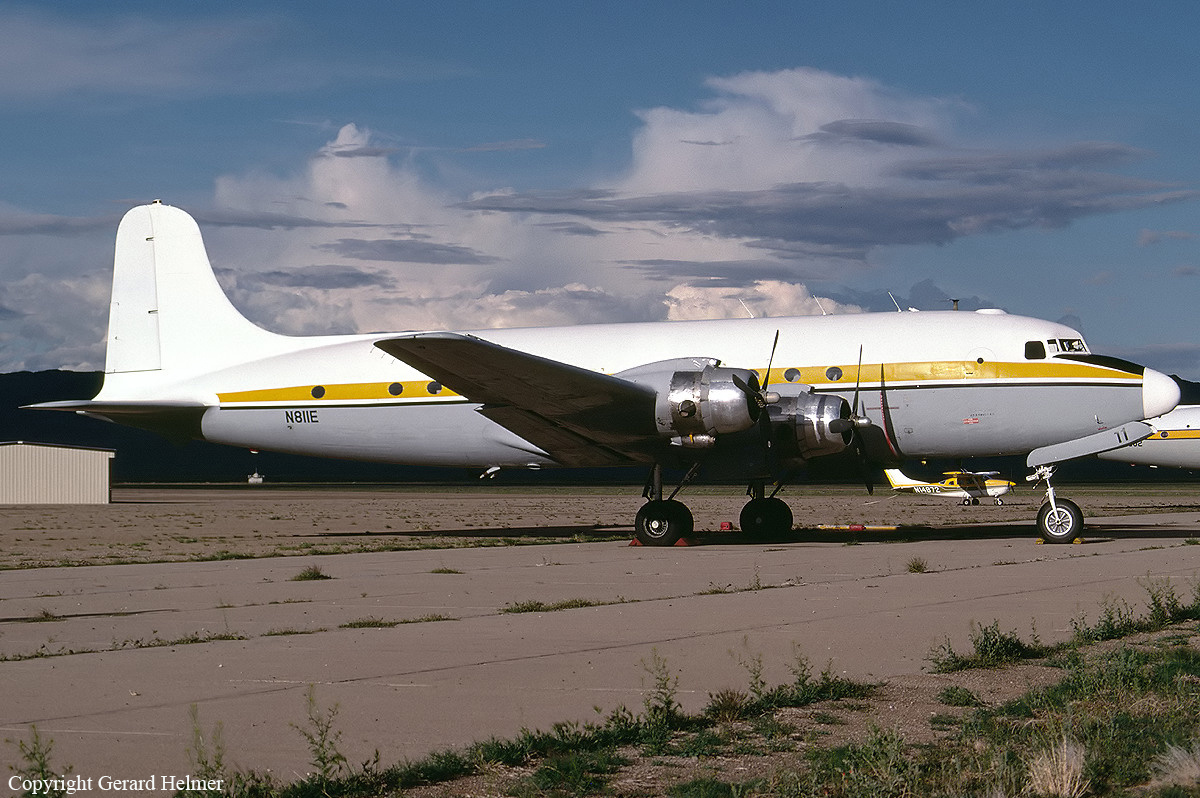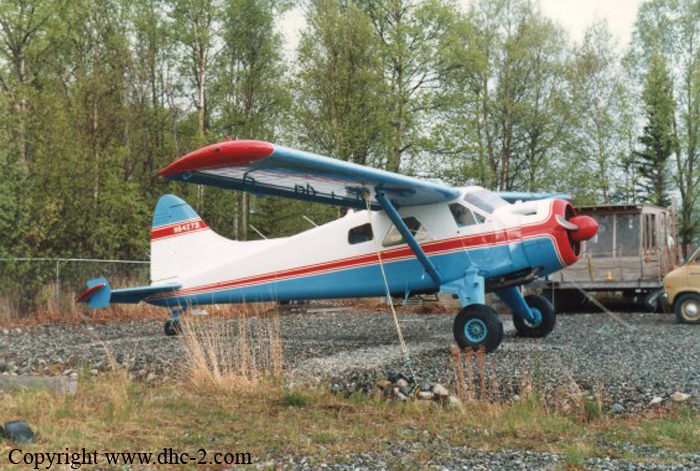Crash of a Cessna 207A Skywagon near Kotzebue: 1 killed
Date & Time:
Feb 25, 1995 at 1250 LT
Registration:
N6479H
Survivors:
No
Schedule:
Kotzebue - Kivalina
MSN:
207-0539
YOM:
1979
Flight number:
UYA1907
Crew on board:
1
Crew fatalities:
Pax on board:
0
Pax fatalities:
Other fatalities:
Total fatalities:
1
Captain / Total hours on type:
333.00
Aircraft flight hours:
8434
Circumstances:
Approximately 10 minutes after departure, the pilot was contacted by a company pilot flying in the opposite direction. During their conversation the pilot stated that he was 'looking for wolves.' Shortly thereafter, the company pilot told the pilot that his radio transmissions were breaking up. The pilot replied that it was probably because he was 'behind a ridge.' The company pilot temporarily went off frequency; however, when he switched back he was unable to contact the pilot. The aircraft was later located on the southwest side of a box canyon about 100 feet below the top of the ridge. The normal course line for the route typically flown by company pilots is 6 miles away. The pilot had no prior experience in mountain flying.
Probable cause:
The pilot's decision to enter a box canyon area at an altitude inadequate to maintain terrain clearance. The pilot's lack of mountain flying experience was a factor in this accident.
Final Report:




